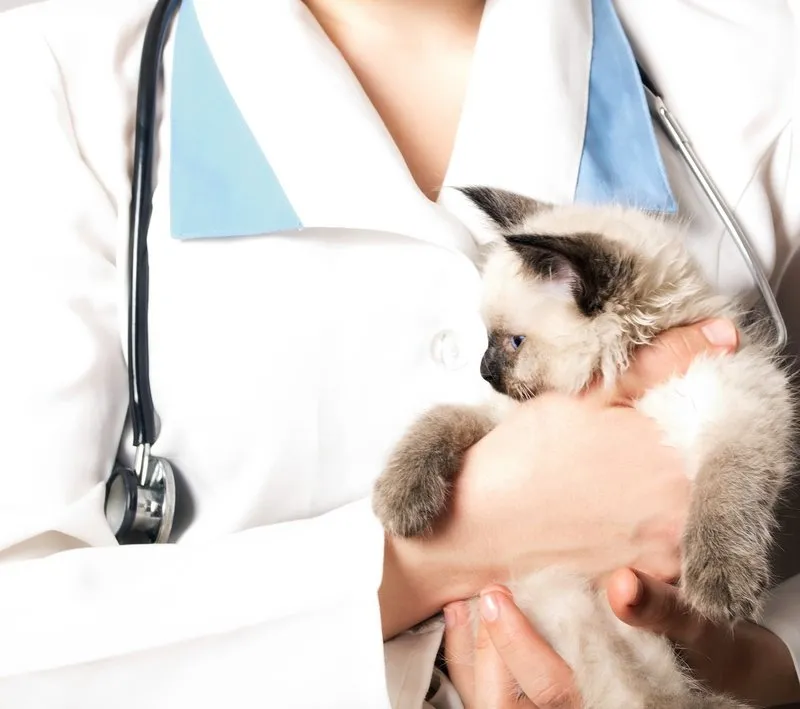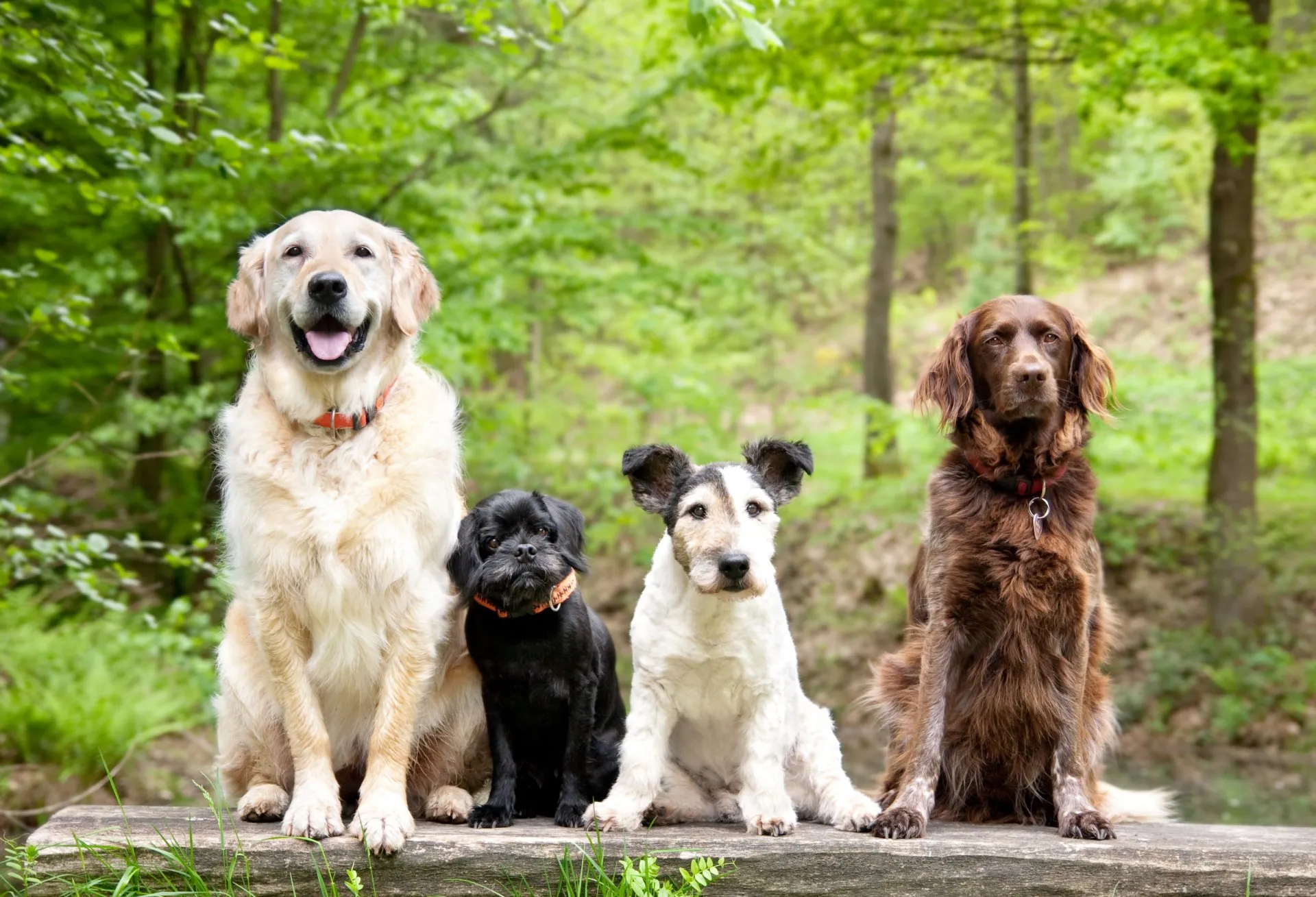Have you ever heard of something called cyanobacteria? Most people know it by its common name: blue-green algae. This is a very dangerous algae that typically prefers to live in warm, nutrient-rich water. Both people and pets can get very sick from cyanobacteria. Under the right conditions, It can spread rapidly, or bloom. Unfortunately, these blooms are becoming much more common. A veterinarian discusses cyanobacteria below.
Warning Signs
Summer and early fall is when blue-green algae blooms most often occur, but they can start to grow anytime the water temperature exceeds 75°F. Many newscasts and local authorities will alert people when a body of water has been contaminated, and some post signs. But still, it can be easy to miss these updates. The EPA has a state-by-state map here with cyanobacteria resources. This is definitely something you want to check before taking Fido swimming!
Appearance
Blue-green algae typically looks like green paint or pea soup. It also has a swampy odor. You can’t judge by appearance alone, though. Smaller blooms may not alter the look (or smell) of a lake or pond very much, but they can still be dangerous. Still it’s worth noting, while not all algae blooms are harmful, you can’t tell by looking at a lake whether it is or isn’t safe. Better to be safe than sorry here: if in doubt, just stay out!
Contamination
As mentioned before, blue-green algae is very toxic. And you don’t have to drink contaminated water to get sick: skin contact or breathing in water droplets or vapors can also make you ill. This can happen when boating, swimming, or tubing. Cyanobacteria can also stick to pets’ fur, where they can later lick it off.
Pets
Any type of pet can get sick from blue-green algae, but dogs are particularly at risk, especially when they love to swim or splash around in water. Blue-green algae can cause liver failure and/or very serious neurological problems. It can also be fatal. Warning signs include vomiting, panting, seizures, respiratory problems, diarrhea, dizziness/disorientation, seizures, and excessive drooling. If you see any of these warning signs, call your veterinarian immediately.
Safety
As always, prevention is worth much more than a cure. When choosing Fido’s swimming holes, be very careful and don’t let him drink from ponds or lakes, especially ones with blue-green scum.Do you have questions about pet care? Contact us, your animal clinic in West Greenwich, RI, today!
Happy Holidays!





!Social Media Icons